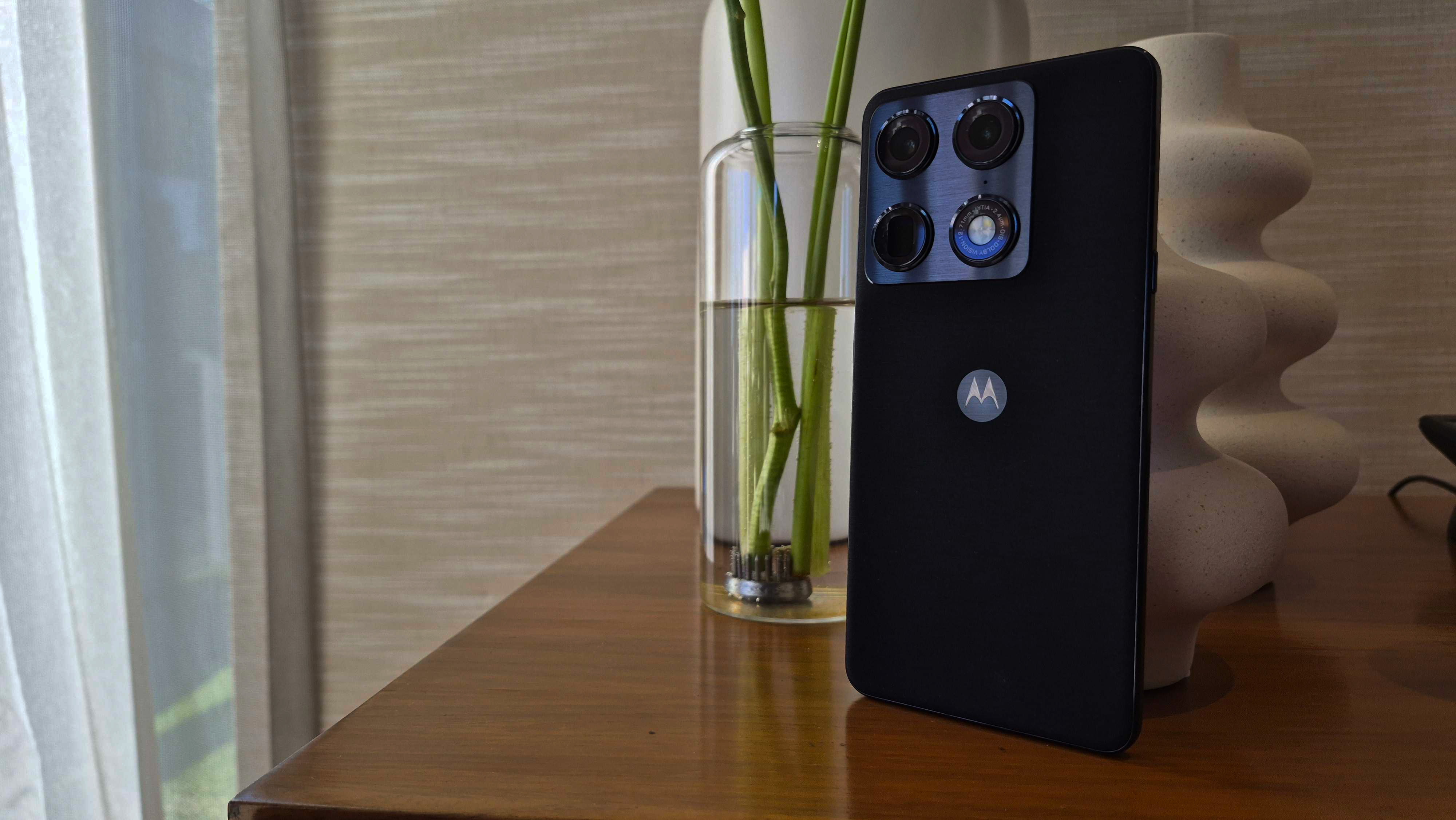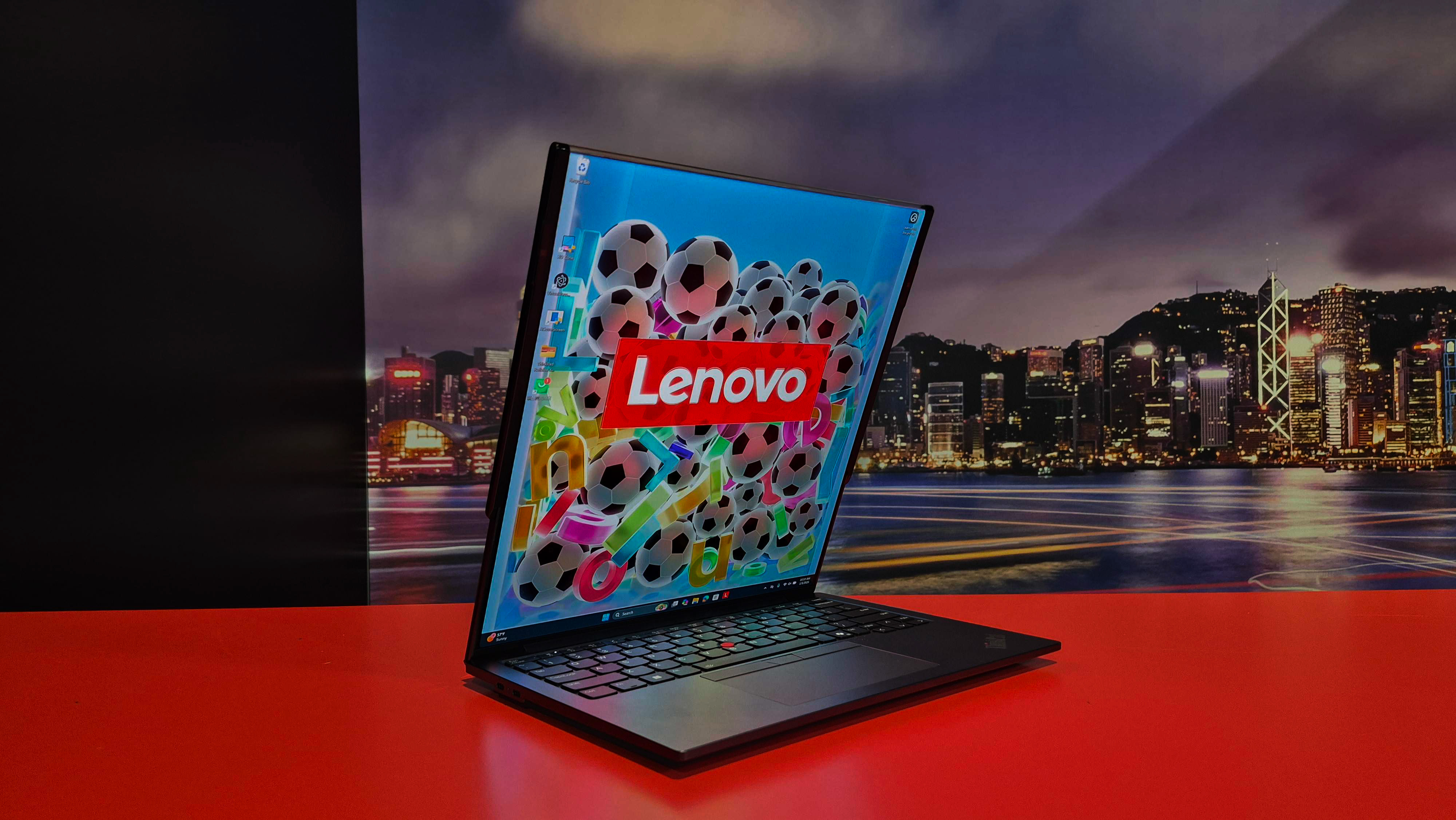Western Digital ShareSpace 4TB review
The ShareSpace is WD's first true NAS appliance, aimed at small offices and prosumers. We put it through its paces.
The pricing is great for a 4TB RAID-capable, drive bay-equipped NAS. However, while the ShareSpace is easy enough to set up, its file copying performance isn’t particularly quick. The MioNet software offers few advantages over using the ShareSpace’s built-in FTP server and other remote access software, such as VNC, instead. We look forward to future versions of the ShareSpace, but unless you are on a tight budget, there are faster NAS appliances available.
Western Digital is, of course, well known for its range of internal and external hard disks, but it is branching out into the SME NAS space with the ShareSpace.
We took a look at the 4TB ShareSpace which comes fitted with four 1TB SATA hard disks. However, a cheaper 2TB version is also available for 245 excluding VAT.
The ShareSpace has four SATA drive bays and supports RAID 0, 1 and 5 as well as JBOD. Unlike some NAS appliances which have front mounted drive bays, the ShareSpace's case has to be opened before the drive bays can be accessed. This isn't difficult though thanks to a pair of easily unfurled captive thumbscrews. The four hard disks are mounted in screwless trays, although some force is needed to remove and reinsert disks. The ShareSpace looks classy and makes little noise during use.
Configuring the ShareSpace is straightforward. A Flash-based discovery utility runs from the included CD and gives easy access to the web configuration interface. The interface is divided into Basic and Advanced sections. The Basic section allows password-protected user accounts and shared folders to be quickly set up.
More detailed controls are accessible only from the Advanced section. Users can be assigned to groups and assigned storage quotas to prevent anyone from hogging all the storage space. The users, groups and quotas preferences aren't grouped together as one would expect, but are located in three separate tabs within the Advanced interface which can make user administration more time consuming than it should be. There's also Active Directory support.
The ShareSpace can also be configured to email status notifications, although there aren't any granular settings allowing you to determine which status messages one would like to receive.
Music lovers will be pleased to discover that the ShareSpace can be used as an iTunes server, but this feature is completely out of place on this business-oriented NAS. It can't share a USB printer across one's network, which is an odd omission in light of its three USB ports and the fact that printer sharing is a common feature on competing products.
Sign up today and you will receive a free copy of our Future Focus 2025 report - the leading guidance on AI, cybersecurity and other IT challenges as per 700+ senior executives
The interface isn't as slick or as responsive as the AJAX-based configuration interface used in Synology's NAS products, but it gets the job done.
-
 Motorola's new premium smartphone is a melting pot of camera innovation
Motorola's new premium smartphone is a melting pot of camera innovationNews The Signature has been built in collaboration with Sony, Qualcomm, and Instagram, and has four 50MP camera lenses
By Bobby Hellard Published
-
 Lenovo reveals slick rollable screen concept and a voice-controlled ThinkBook at CES 2026
Lenovo reveals slick rollable screen concept and a voice-controlled ThinkBook at CES 2026News The ThinkPad XD is impressive, but the ThinkBook Gen 7 Auto Twist will have us knocking our laptops open
By Bobby Hellard Published
-
 CES 2026: All the live updates as they happen from day one
CES 2026: All the live updates as they happen from day oneITPro is on the ground in Las Vegas for the tech extravaganza that is CES
By Bobby Hellard Last updated